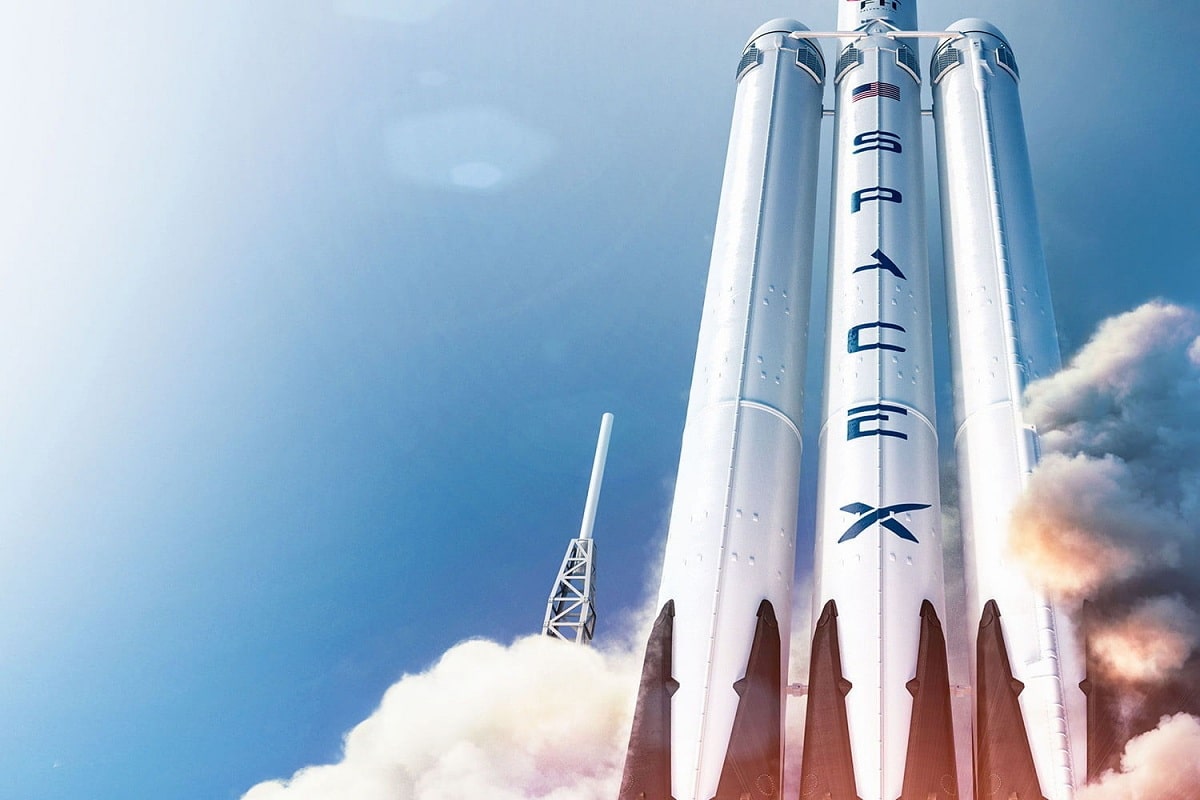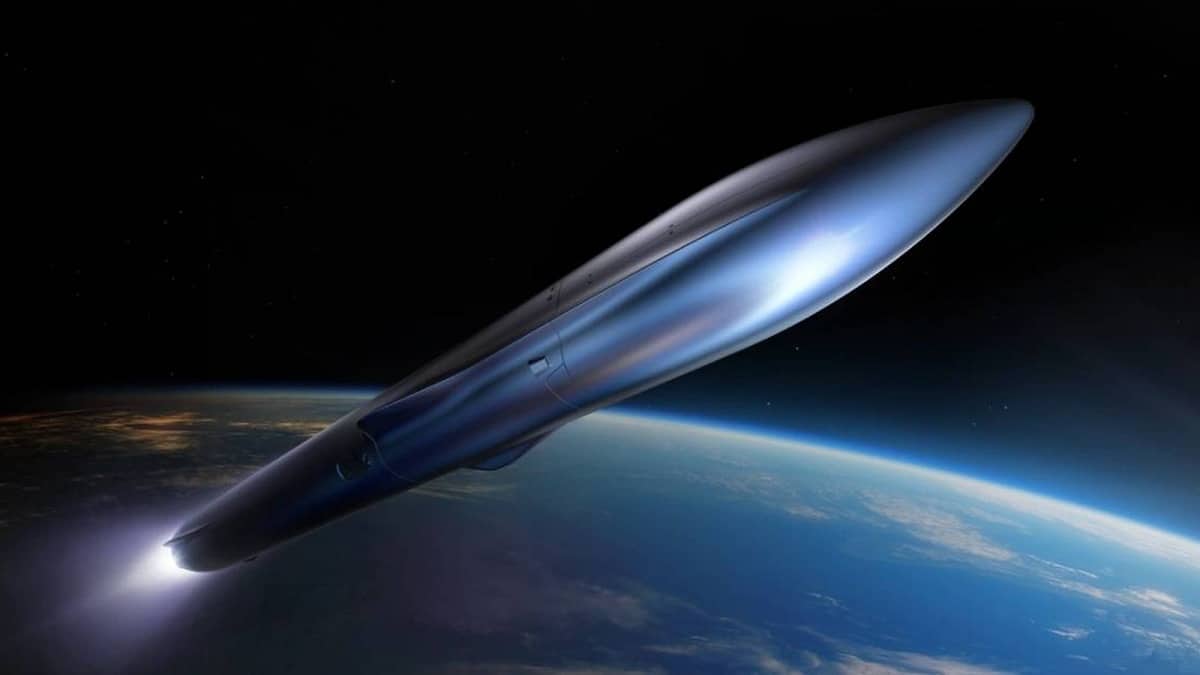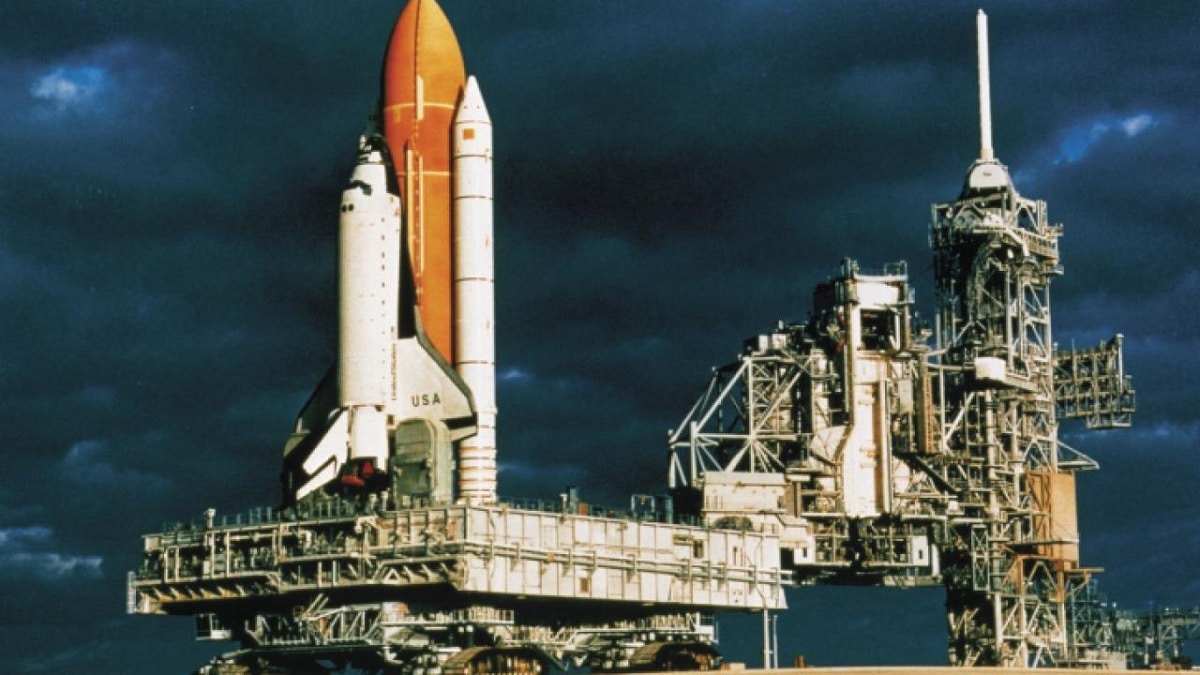
The human being has always had the objective of knowing beyond what exists on our planet. To be able to investigate all this in person, there are the space rockets. It is a device that travels through the air at high speed and is mainly used as a weapon. However, it also works for space exploration.
Therefore, we are going to dedicate this article to tell you everything you need to know about space rockets and how they work.
What are space rockets

These rockets typically have a jet engine (called a rocket engine) that generates motion by expelling gas from the combustion chamber. They can also be propelled by the combustion of the propellant in the launch tube.
Rockets are also a kind of machine, thanks to the internal combustion engine, can generate the kinetic energy necessary to expand part of the gas escaping through the tube. That is why they have jet propulsion. Spaceships that use this type of propulsion are often called rockets.
With the help of rockets, artificial probes, satellites and even astronauts can be sent into outer space. In this sense, we cannot forget the existence of the so-called space rockets. It is a machine equipped with an internal combustion engine that generates kinetic energy for the expansion of the gas for jet propulsion.
Types of space rockets

There are several types of space rockets, the most important of which are:
- If we take into account the number of stages, we will find single phase rockets, also called monolithic rockets, and multiphase rockets. As the name implies, there are several stages that occur in sequence.
- If we consider the type of fuel, we will find rockets of solid fuel, where the oxidant and the propellant are mixed in solid state in the combustion chamber, and liquid fuel rockets. The latter is characterized in that the oxidant and the propellant are stored outside the chamber.
Throughout history, there have been rockets important because they successfully sent humans into space. We refer to the following:
- Vostok-K 8K72K, this is the first manned rocket. It was manufactured in Russia and was responsible for making Yuri Gagarin the first person to reach space.
- Atlas LV-3B. Make John Glenn the first American rocket to reach Earth orbit.
- Saturn V, the rocket that took Neil Armstrong, Michael Collins and Buzz Aldrin to the moon.
A pyrotechnic element with a powder tube is also called a rocket. There is a wick at the bottom of the cylinder: when ignited, it burns and depletes the gas, causing the rocket to rise at a very fast speed until it explodes in midair and makes a loud noise.
How do they work

Although the principle of operation of space rockets is complicated, the principle It is the same as that of the first gunpowder rockets that we know of since 1232. It has appeared in some records of the defense of the capital of Henan province in the XNUMXth century. Rockets were later introduced to Europe by the Arabs in the XNUMXth and XNUMXth centuries, but they were used as firearms throughout the continent until they disappeared in the XNUMXth century.
Space rockets basically follow Newton's third law, the principle of action and reaction. Basically, they use an internal combustion engine to generate the kinetic energy necessary for the expansion of the gas.
The resulting chemical combustion it is very powerful and will push the air down with enormous force, as stipulated by Newton's third law: each force corresponds to another force of equal magnitude in the opposite direction. In other words, the air pushes the rocket with the same force as the downward force exerted by the gas. When the gas is expelled, the energy produced by this process causes the reaction not only to lift the rocket, but also to allow it to reach very high speeds.
Liquid fuel rockets
Development of liquid-fueled rockets began in the 1920s. The first liquid-fueled rocket was manufactured by Goddard and launched in 1926 near Auburn, Massachusetts. Five years later, the first German liquid-fueled rocket was also built on a private initiative. In late 1932, the Soviet Union launched its missiles for the first time.
The first successful large-scale liquid-fueled rocket was the German experimental V-2, which was designed during World War II under the direction of rocket expert Wernher von Braun. V-2 was first launched from the Peenemünde research base on the island of Usedom on October 3, 1942. In the first generation of liquid-fueled rockets, the tip is the part that carries the charge, which can be a warhead or a scientific instrument.
The part near the head usually contains guidance devices, such as gyroscopes or gyro compasses, acceleration sensors, or computers. Below are two main tanks: one contains fuel and the other contains oxidant. If the size of the rocket is not very large, both components can be directed to the engine by pressurizing its fuel tank with a little inert gas.
For large rockets, this method is not practical because the tank will be disproportionately heavier. Therefore, in large liquid-fueled rockets, pressure is obtained by a pump located between the fuel tank and the rocket motor. Since the amount of fuel to be pumped is very large (even if the V-2 burns 127 kg of fuel per second), the required pump is a high-capacity centrifuge driven by a gas turbine.
A device consisting of a turbine and its fuel, pump, motor, and all related equipment constitutes the engine of a liquid-fuel rocket. With the advent of manned spaceflight, the payload has shifted and a number of rockets have appeared, such as the Mercury, Gemini, and Apollo. Finally, through the space shuttle, the liquid-fueled rocket and its cargo are integrated into a single unit.
I hope that with this information you can learn more about space rockets and their characteristics.